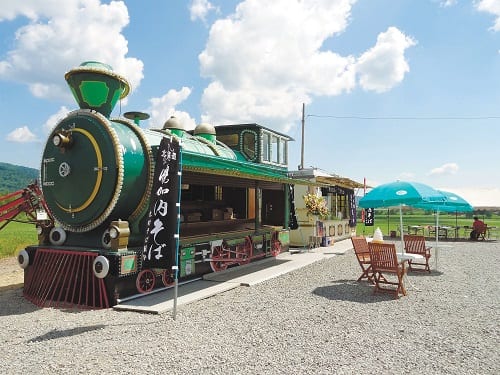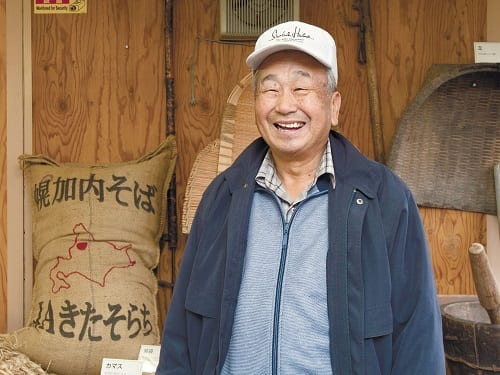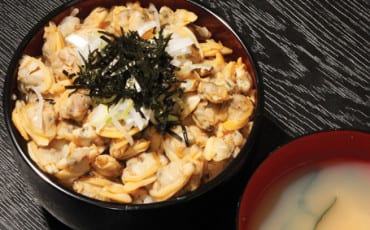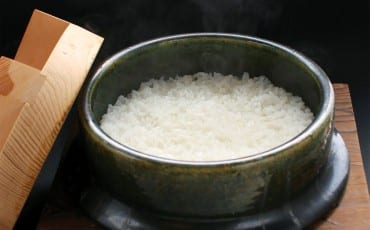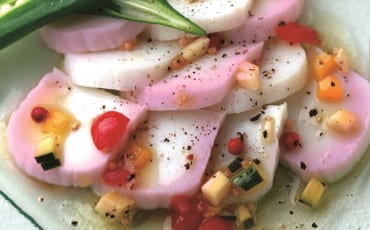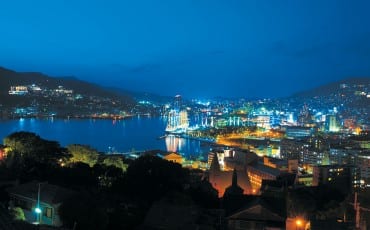Articles
Features
Jan 1, 2015
Let’s Make Soba in Hokkaido!
Horokanai is the largest producer of soba in Japan and during a recent visit; Oishii contributing writer Vanessa Tai had the privilege of finding out all about this beloved staple. She even got her hands dirty and made her own soba noodles!
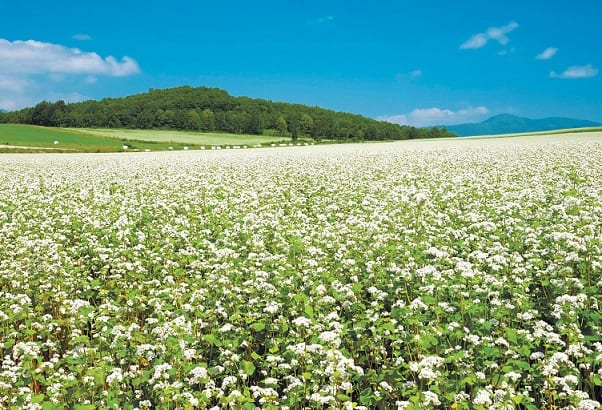
Soba-making is taken seriously in Horokanai, as evidenced by the compulsory soba-making class offered at Horokanai High School.
“Oh dear, my noodles look like fettuccine!” I exclaimed and everyone around me burst out laughing … because it was true. Instead of thin, slender strands of buckwheat noodles, my first attempt at making soba looked more like thick, flat Italian noodles. Thankfully, the instructors at the soba-making workshop were extremely gracious and even complimented the flavour of my noodles.
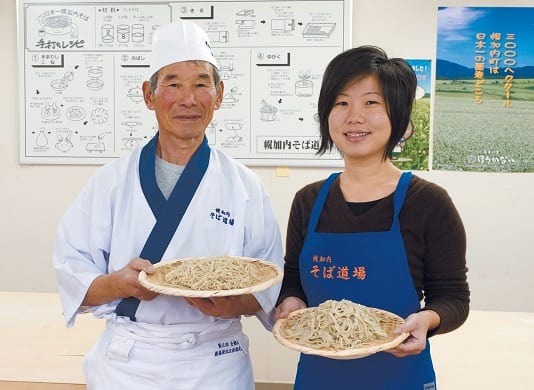
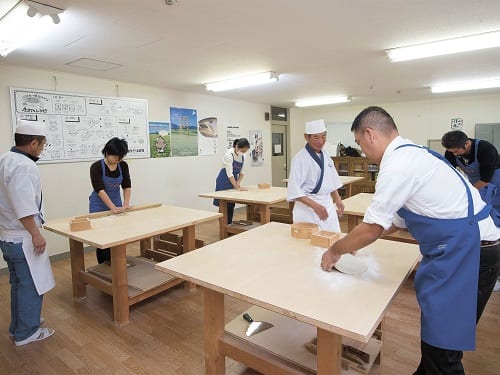
If you’re the sort of traveller who enjoys activity-based tourism, you’ll have fun at this hour-long workshop held at Horokanai Soba Dojo. During the workshop, you’ll be introduced to the basic techniques of making soba – from kneading the flour, to rolling it out, cutting, and boiling. Each stage of the process involves a delicate balance of strength and gentleness so as to ensure the noodles are of a consistent size and texture.
Soba-making is taken seriously in Horokanai, as evidenced by the consistent efforts of the local government to improve the soba production process. For example, they have made improvements to the soil quality in the buckwheat fields so as to ensure the high quality of soba is maintained. The quality of soba is also dependent on how you store it immediately after harvest, which is why the local government recently invested in a large cold storage facility in October 2014, to ensure the buckwheat is kept as fresh as possible.
In addition, soba-making is a compulsory part of the curriculum at Horokanai High School. With a curriculum that’s focused on agriculture, the students at this school often go on to be accomplished soba aficionados. We dropped in on one of the classes and were impressed by the dexterity of these 17-year-olds. From methodically washing their hands before preparing the dough to cutting it into thin strips, each step of the process was done with meticulous precision. The thing that impressed me most was how after creating one batch of absolutely beautiful soba noodles, the students would “destroy” the previous 30 minutes of hard work by mashing the dough back together. That’s because, in each class, the students usually go through the entire soba-making process at least two or three times. Talk about practice making perfect!
It’s no wonder then that Horokanai City is also home to most of the highest-ranking soba makers. When it comes to soba-making techniques, the highest grade you can achieve is “5 Dan” and 10 percent of Horokanai residents hold this accolade, including its present mayor and the chief instructor at Horokanai Soba Dojo. With the people of Horokanai coming together to support the “City of Soba”, you can be assured of only the finest quality buckwheat, soba powder, and soba noodles.
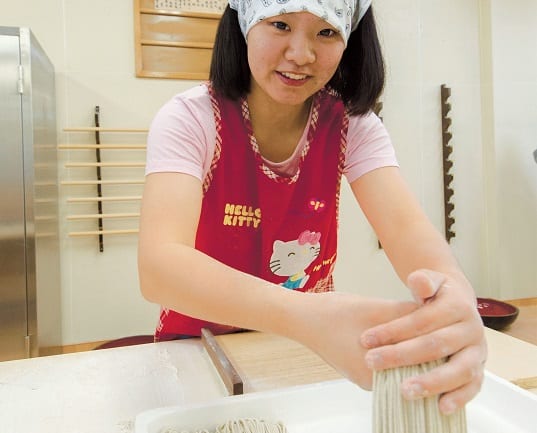
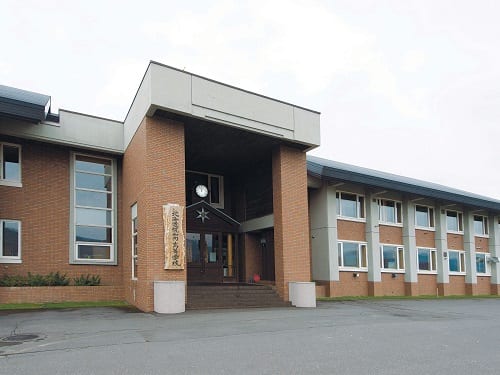
Soba Museum
For a more intimate peek at soba-making through the years, visit the small but well-curated Soba Museum, which is owned by soba-making veteran Tadaichi Kitamura. The affable soba producer has been growing and producing soba in the region for over 35 years. During the summer months, you can enjoy delicious bowls of soba at the outdoor dining area (fashioned like an old-school railway cart!) and take a stroll through the beautiful buckwheat fields.
